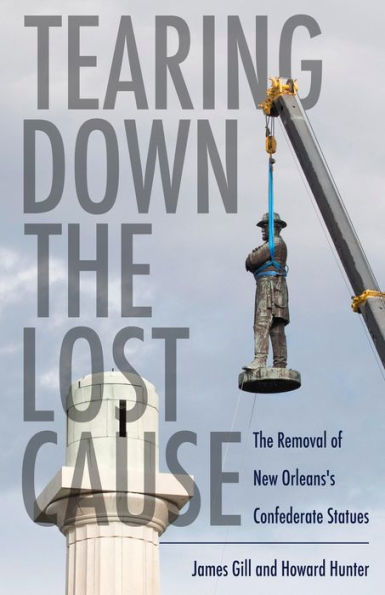5
1

Tearing Down the Lost Cause: The Removal of New Orleans's Confederate Statues
248
Tearing Down the Lost Cause: The Removal of New Orleans's Confederate Statues
248
25.0
In Stock

Product Details
| ISBN-13: | 9781496833327 |
|---|---|
| Publisher: | University Press of Mississippi |
| Publication date: | 05/26/2021 |
| Pages: | 248 |
| Sales rank: | 310,490 |
| Product dimensions: | 8.60(w) x 5.90(h) x 0.80(d) |
About the Author
From the B&N Reads Blog
